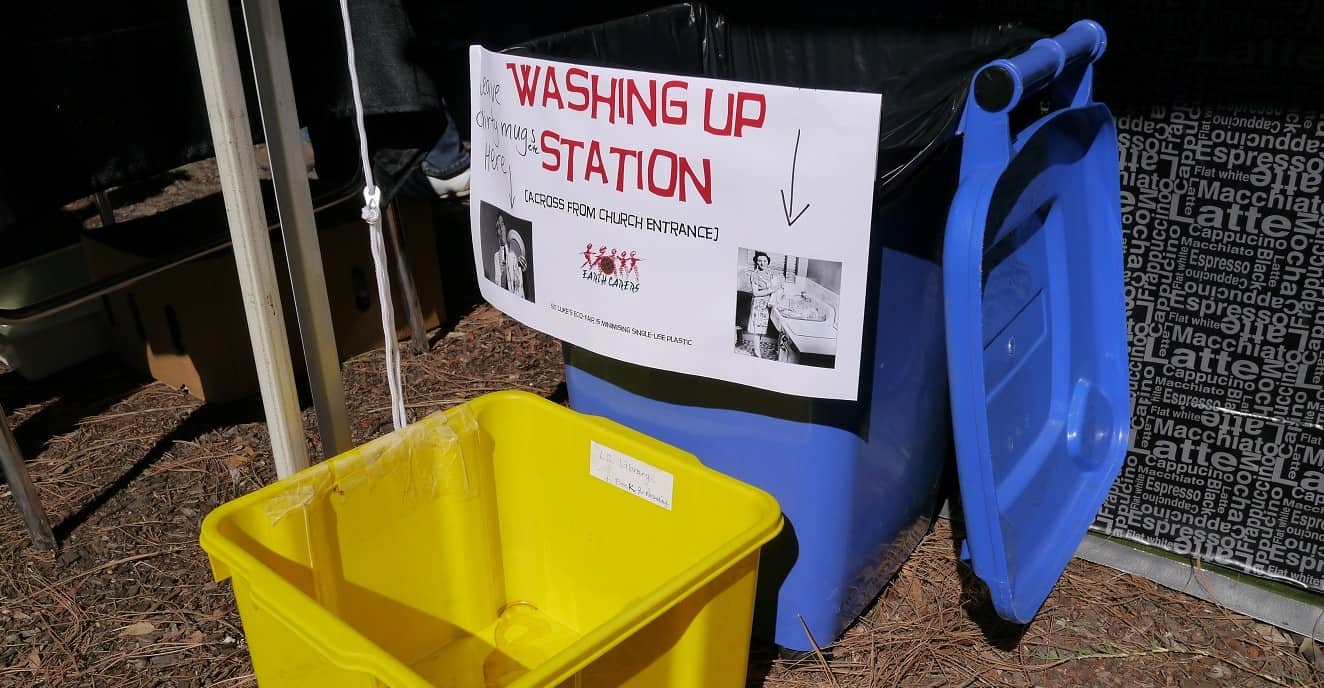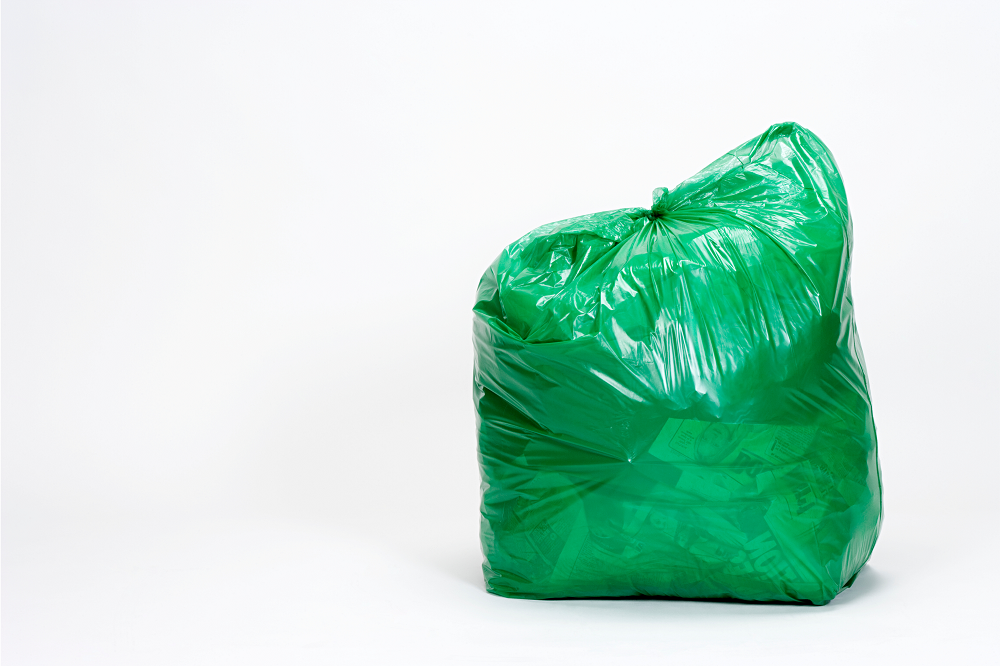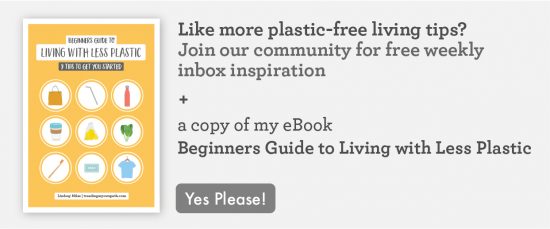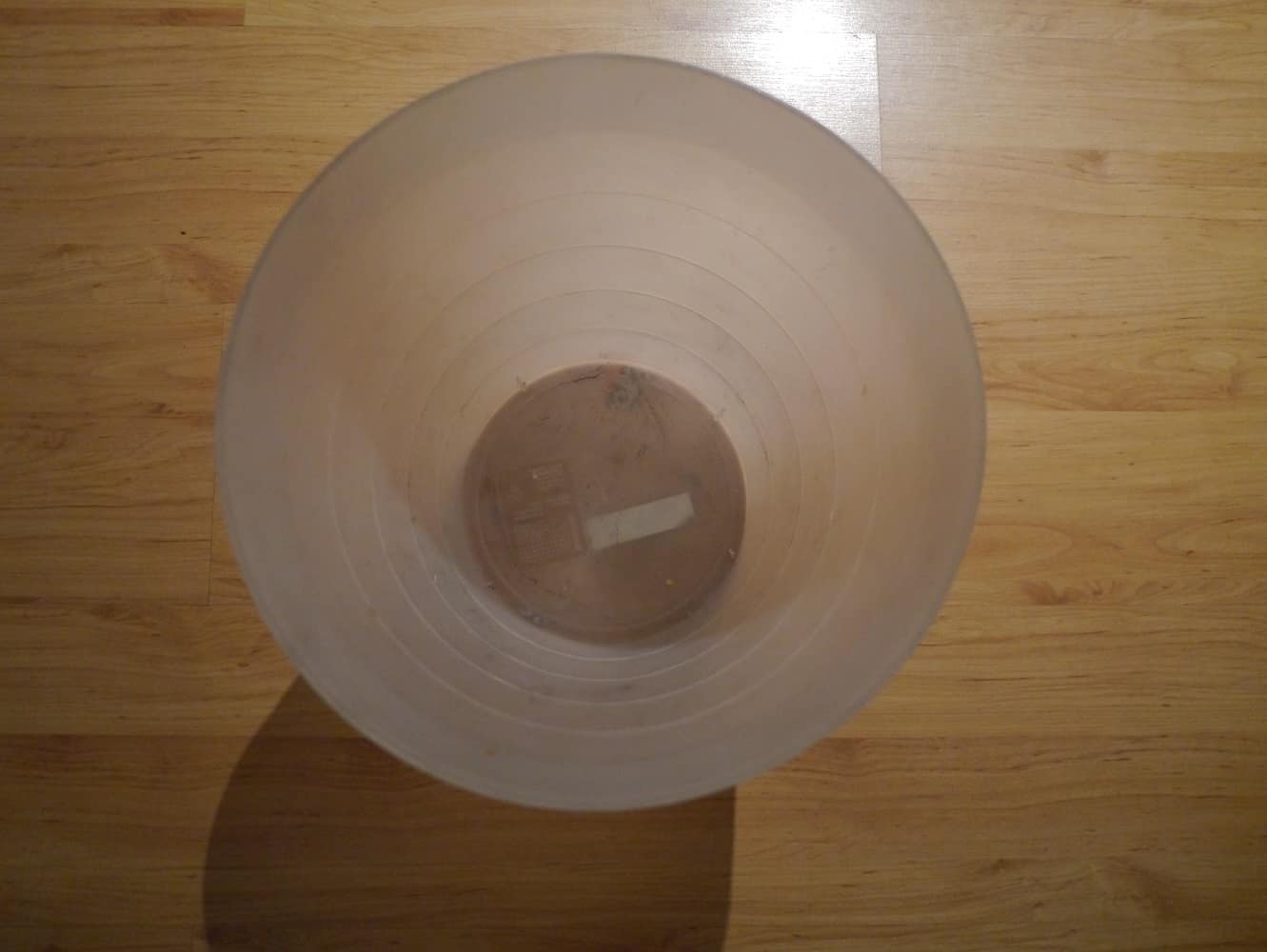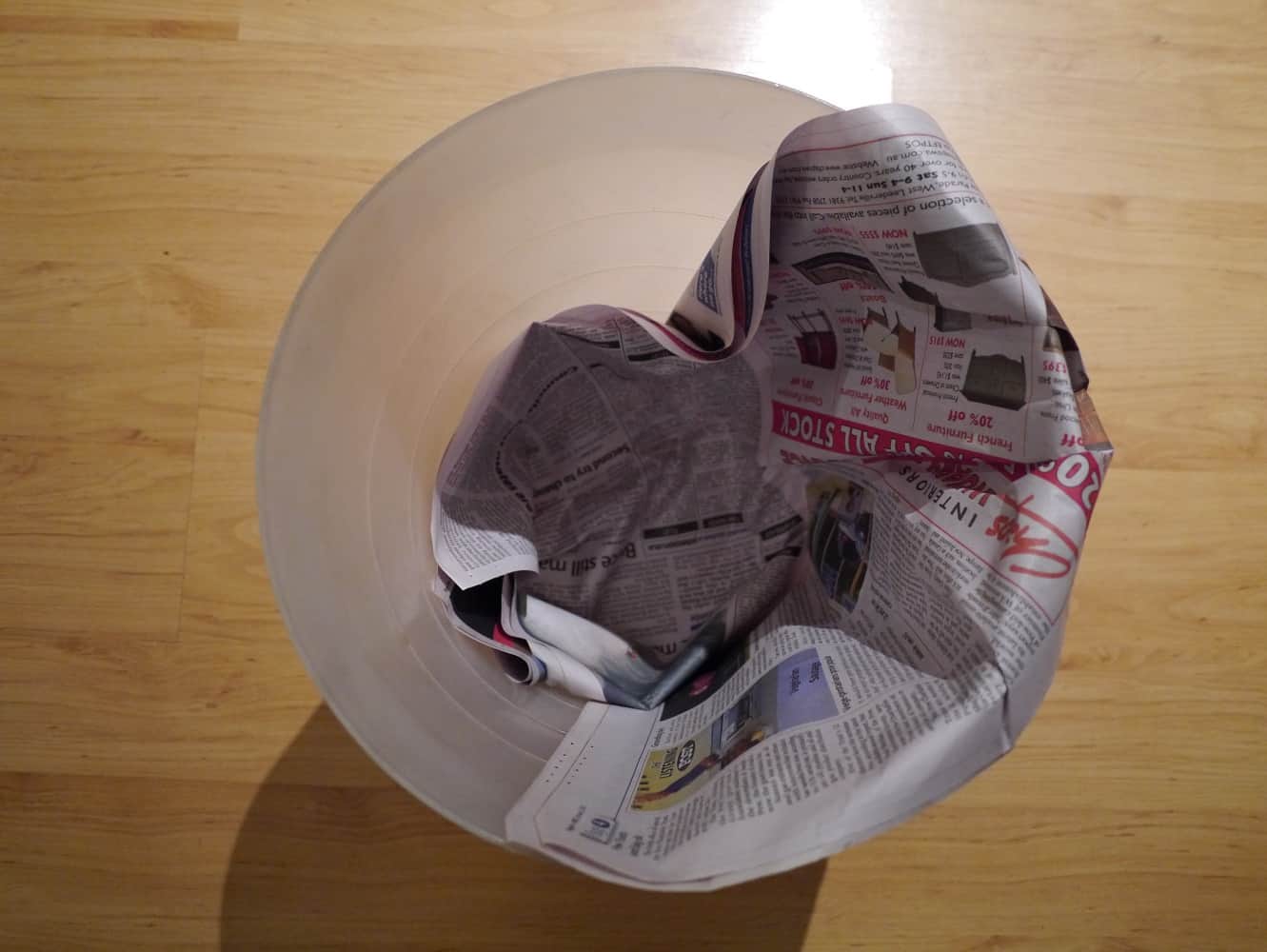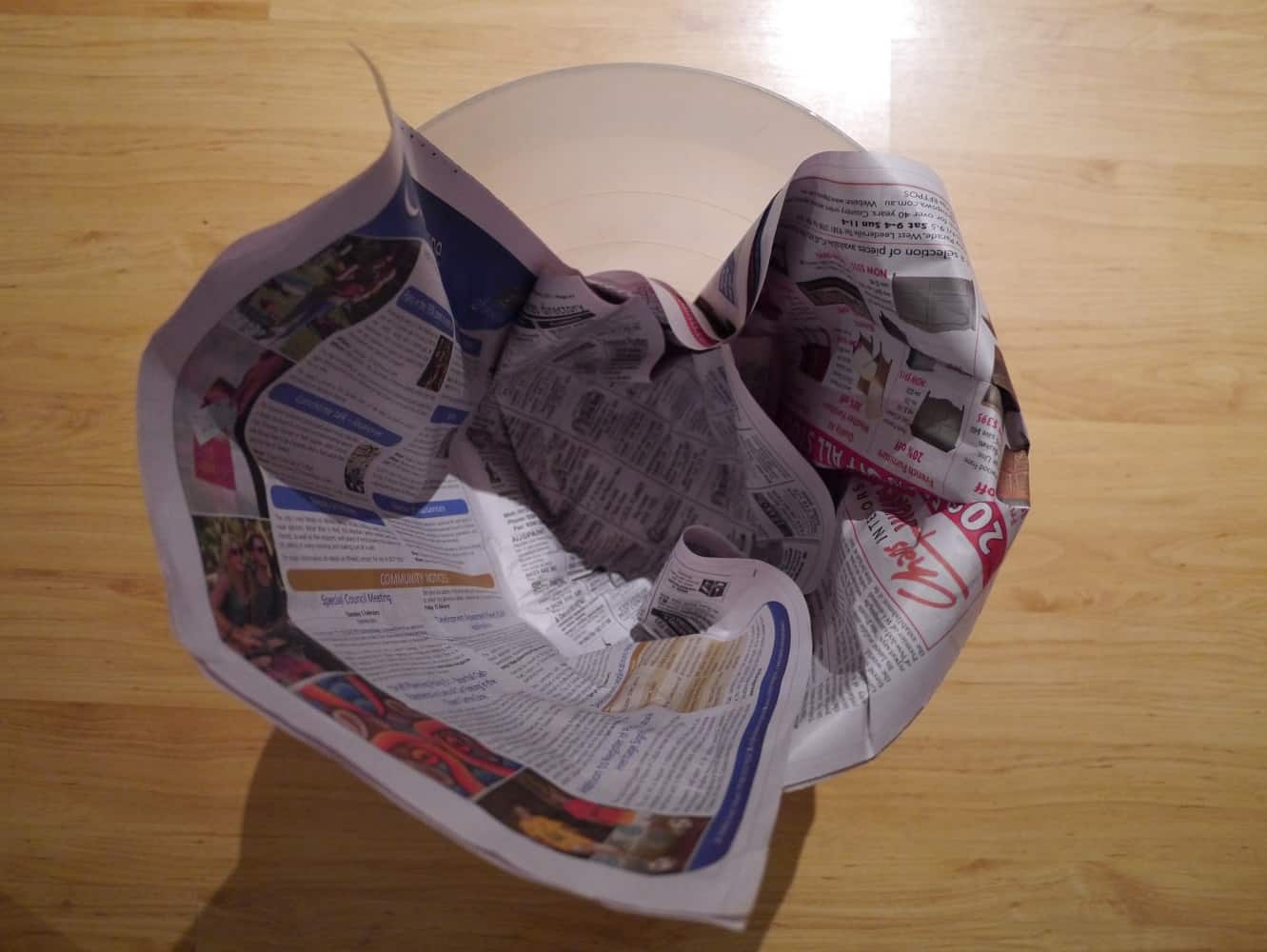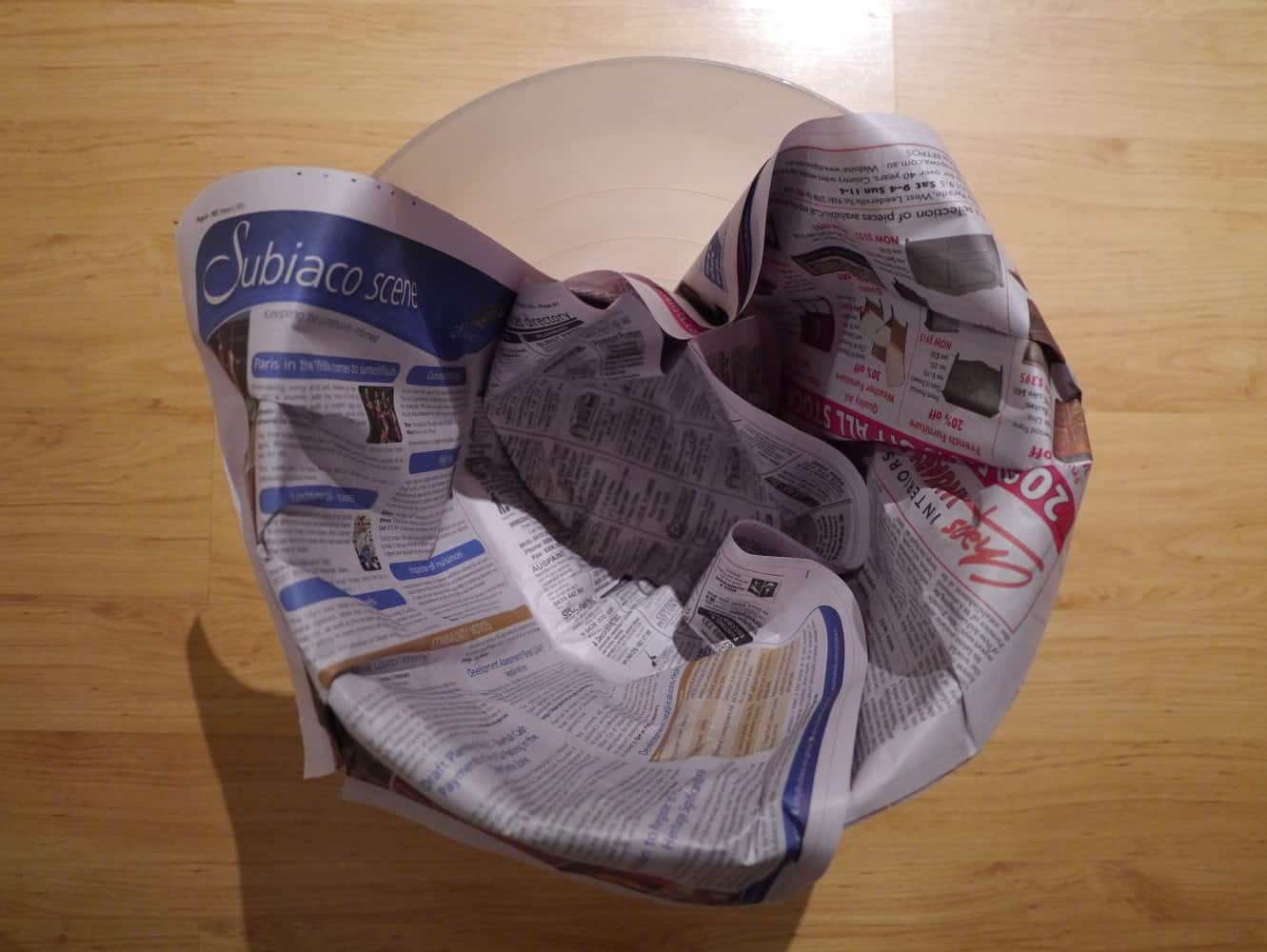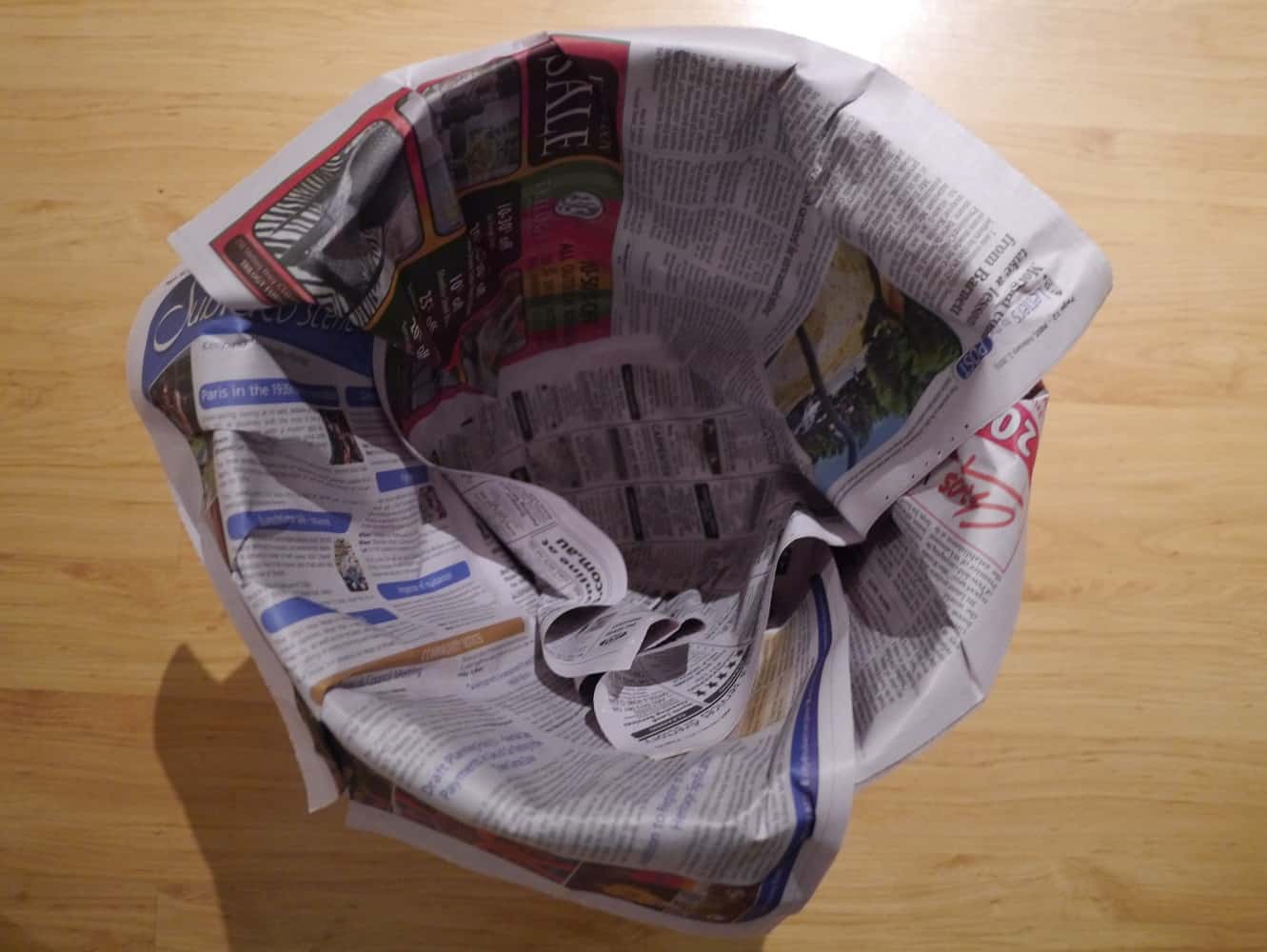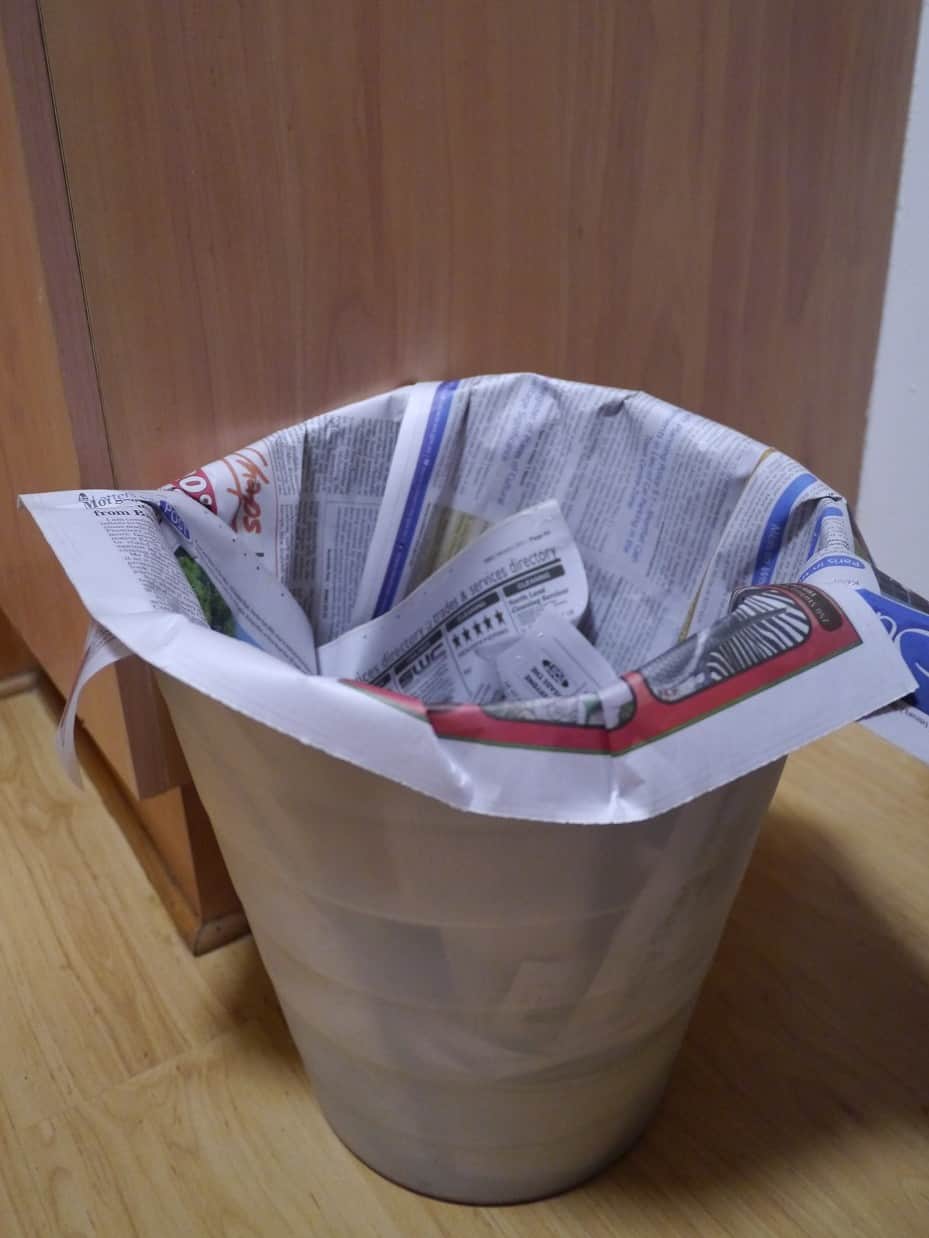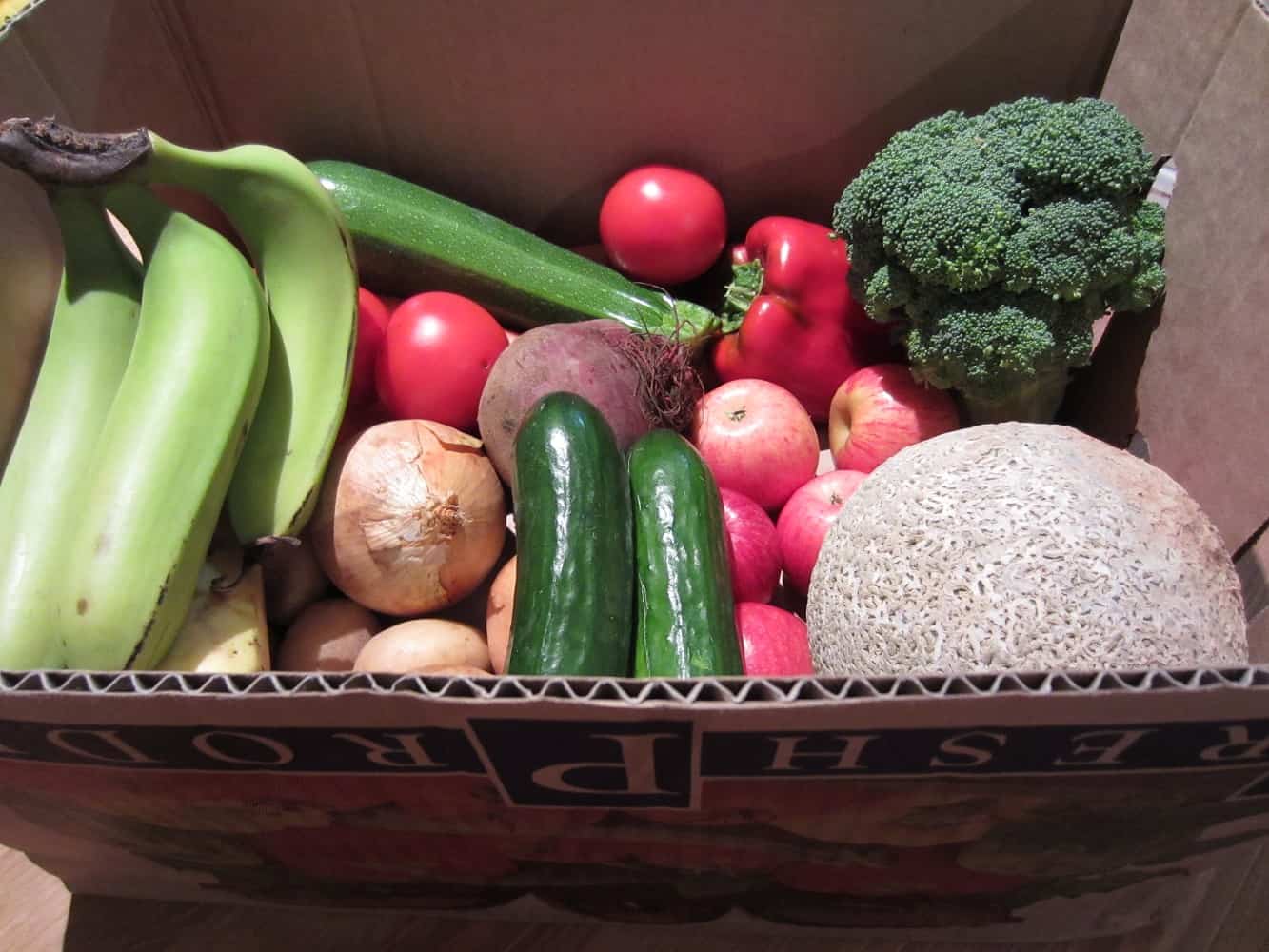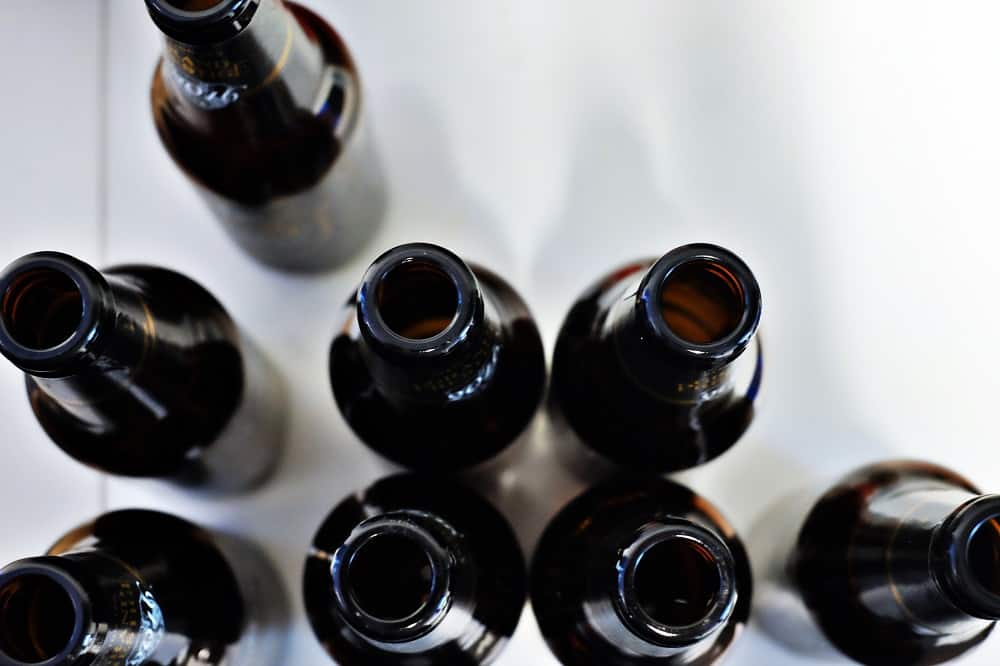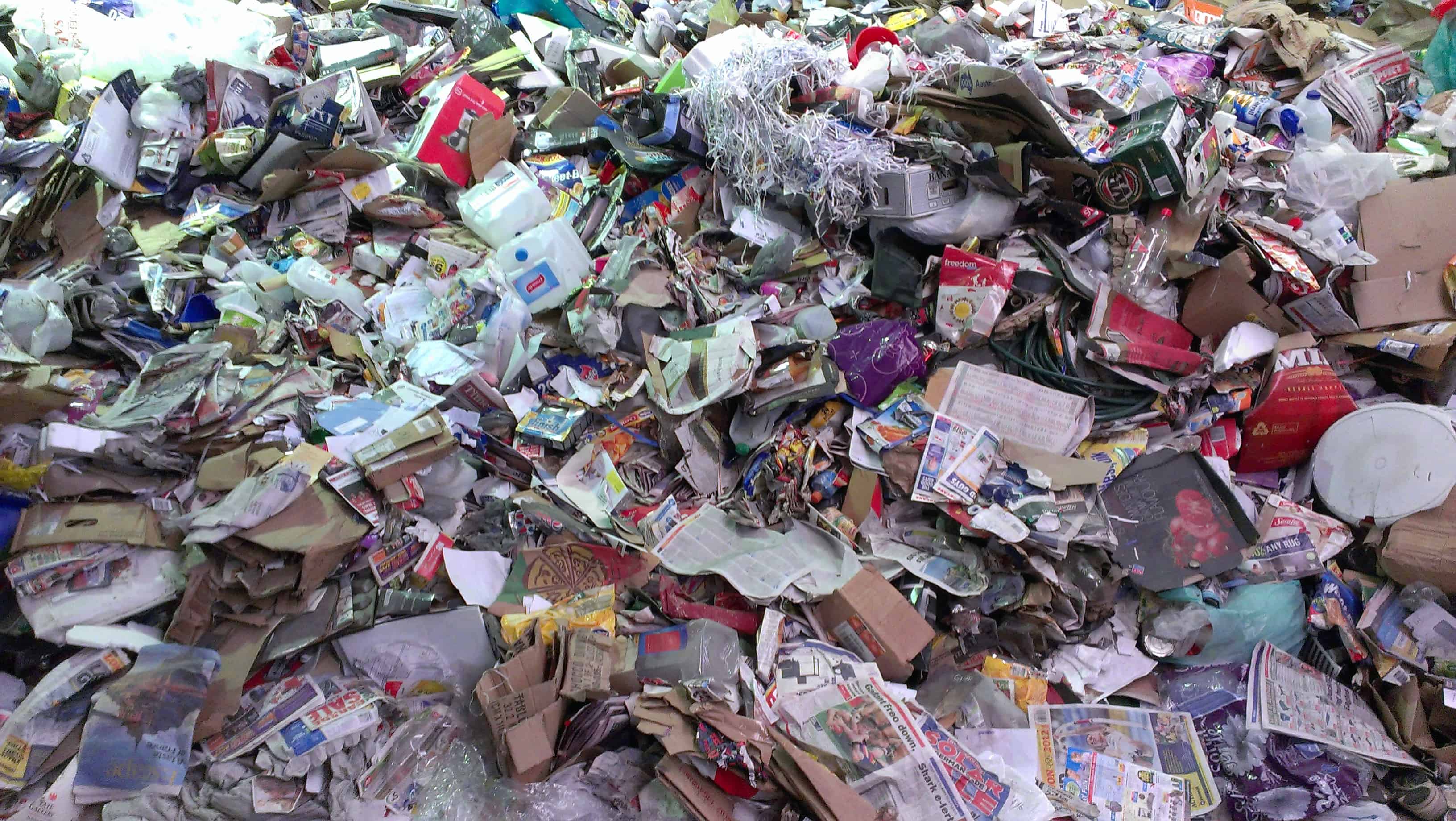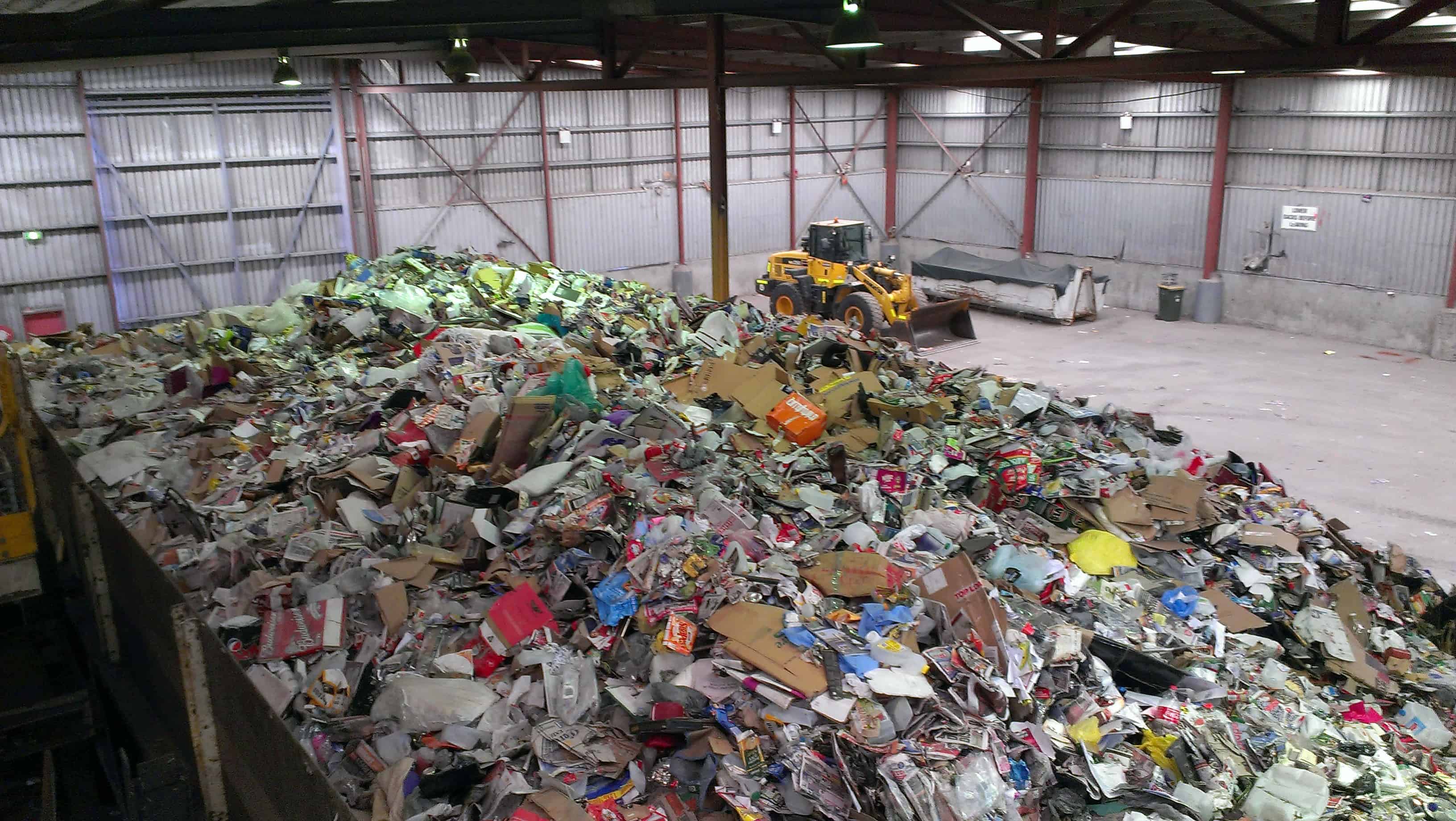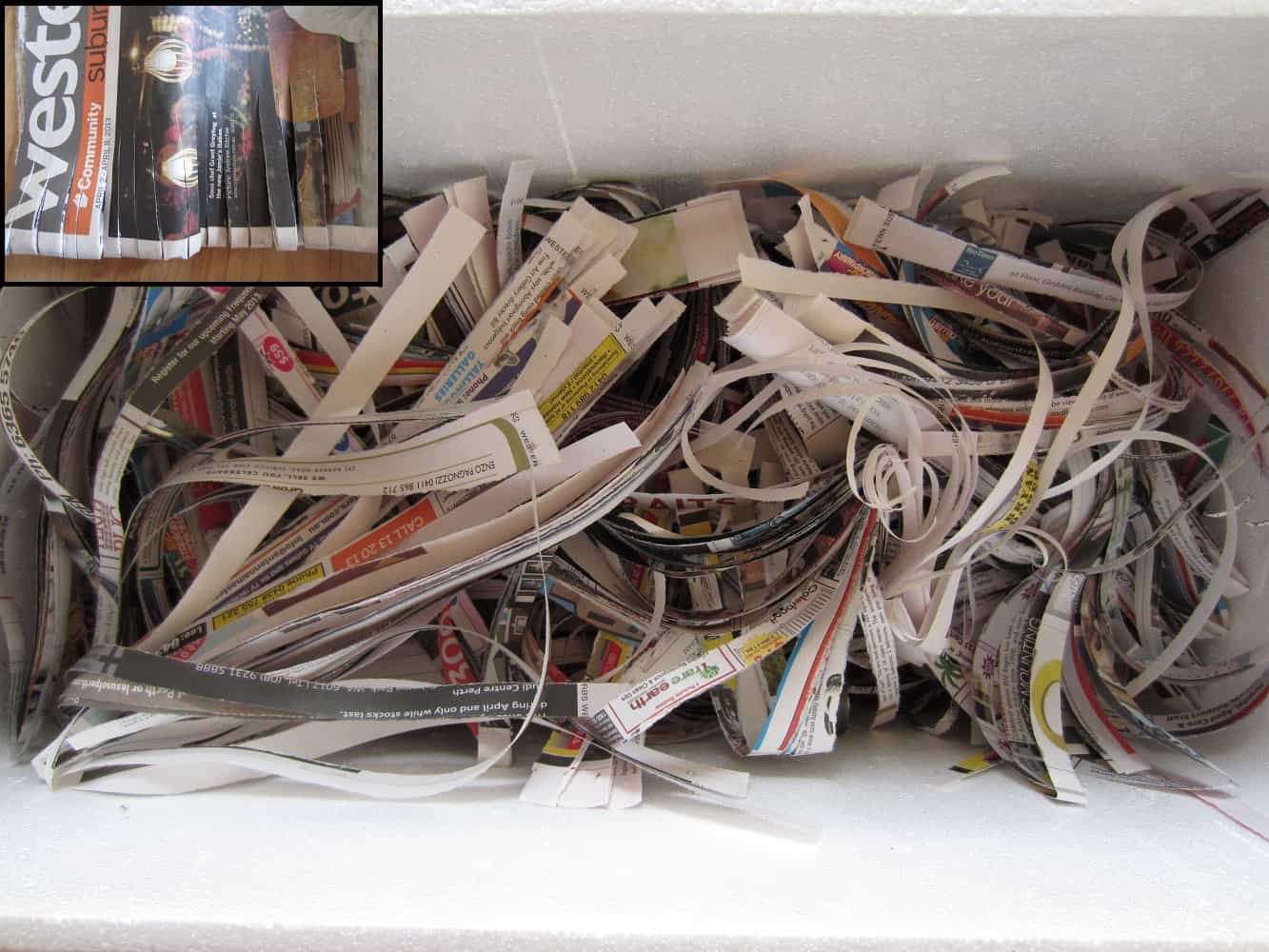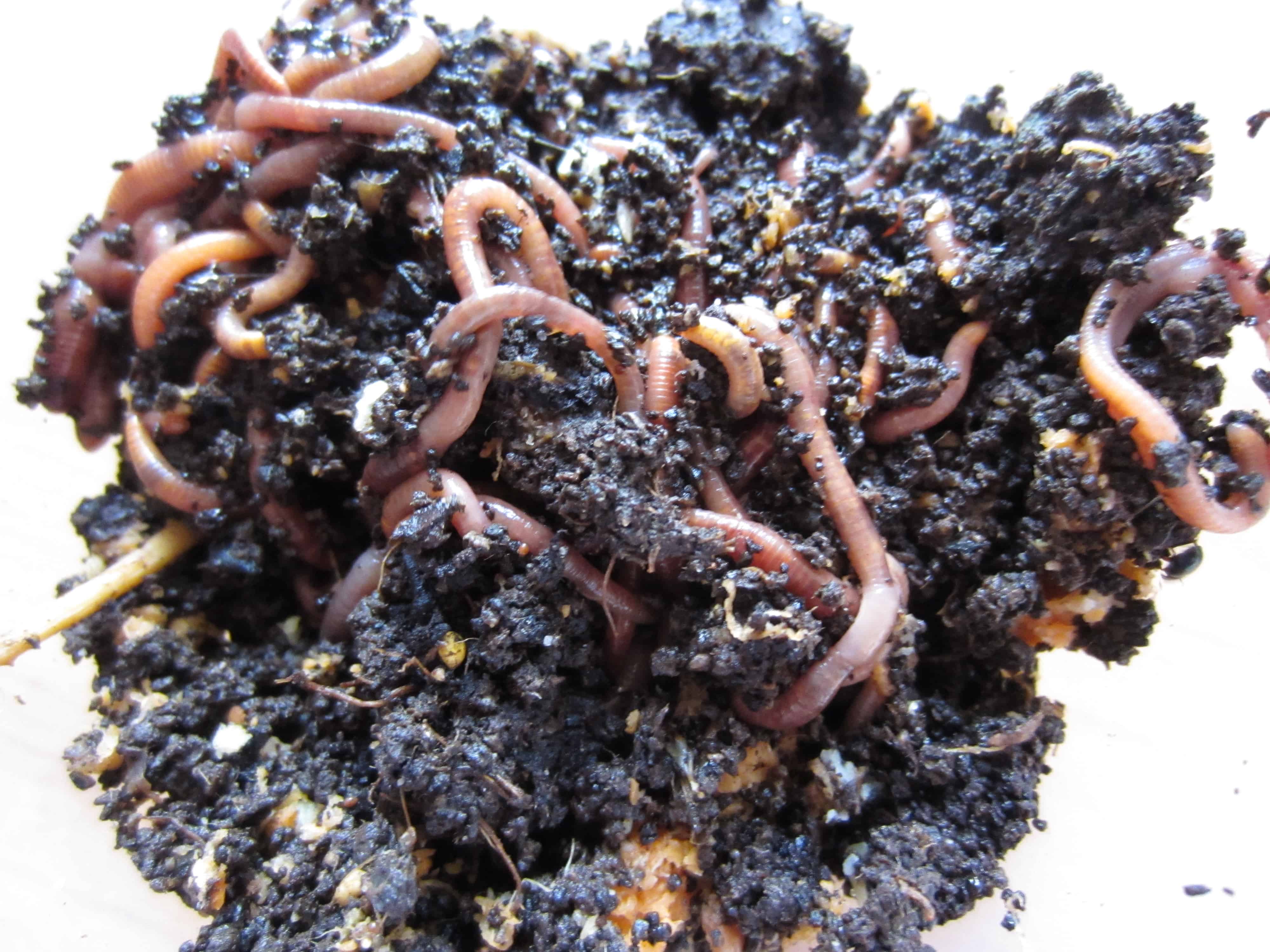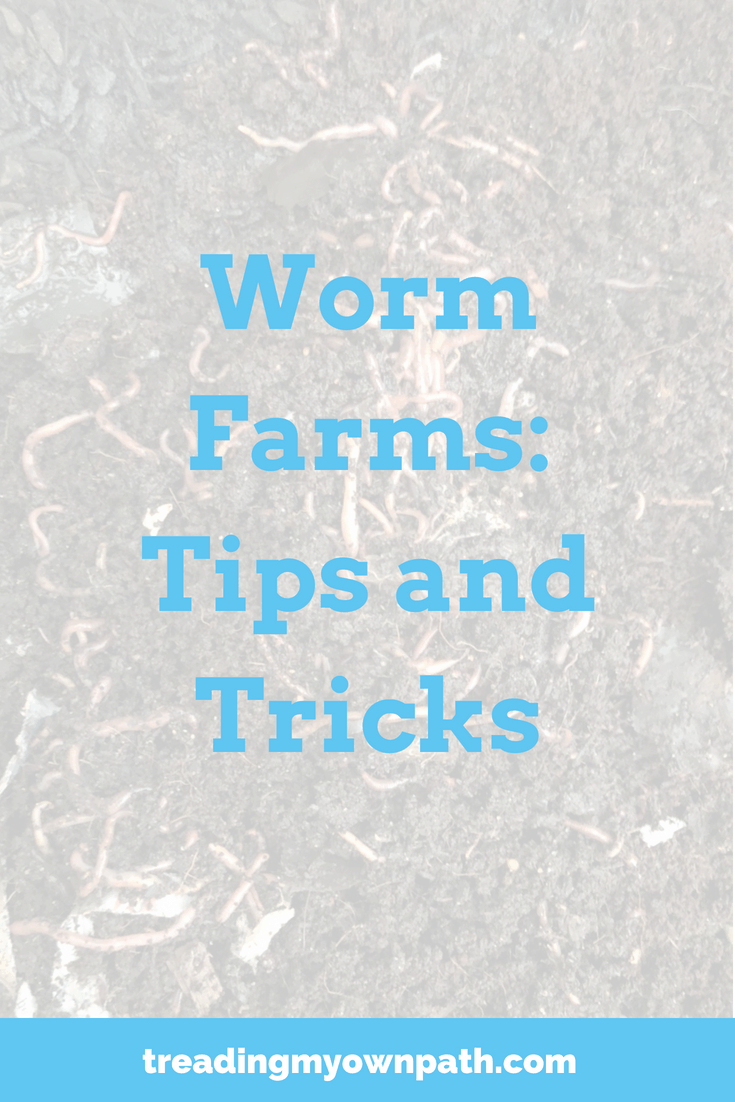This morning I was invited to the breakfast launch for the Plastic Free July 2013 campaign. Not only that, but I was asked to share my story about my Plastic Free July to the group, as a participant from last year’s challenge.
Plastic Free July is an initiative of the Western Metropolitan Regional Council in Perth, WA, developed by the Western Earth Carers, and this year will be its third year. The challenge went from just 40 local participants in the first year to a few hundred last year, mainly due to the hugely successful Plastic Free July facebook page and other social media.
This year, we’re hoping it’s going to attract thousands of participants, and there’s been considerable interest from people in the States and Canada as well as across Australia. The challenge is simple: go without single use plastic for the month of July.
I’ve talked before on the blog about how the movie Bag It and the Plastic Free July Challenge were big motivators for me to make some changes to the way I live, and what really started me on the sustainability journey I’m currently treading. So to be able to talk about my Plastic Free July journey to a packed audience, and hopefully inspire some others to take up the challenge this year, was pretty exciting!
It was really well received, which was fantastic, and I also had the opportunity afterwards to be interviewed by RTR FM for a radio programme that will be airing in June, although I don’t know the day or time yet. I’ll make sure I find out though; I’ve never been on the radio before! I thought it would be great to share what I talked about here on the blog too.
Before Plastic Free July
Looking back, my awareness of my plastic consumption was pretty low. I would take my own shopping bags to shops and generally refuse bags at the checkout, only taking a plastic bag if I needed to line my rubbish bin at home. I also used to buy fresh produce loose, rather than in bags, but everything else came in packaging.
My plastic-free consumption today
I would say that today I am pretty much plastic-free! I don’t buy food products in plastic packaging; I don’t buy cleaning products, cosmetics or toiletries in plastic packaging. Pretty much, if it comes in plastic, I don’t buy it. The main things I have issues with are plastic lids that come on glass bottles, which I cannot always avoid. Medicine comes in plastic, but I avoid anything excessive like boxes wrapped in cellophane.
What I did during Plastic Free July
The big message from Plastic Free July is that the challenge isn’t about going without, it’s about finding alternatives. One simple alternative to using a plastic bag to line your rubbish bin is to use old newspapers. I found a local dairy that sells milk and yoghurt in glass bottles and jars that can also be returned to the dairy for re-use. I started taking my own re-usable fabric produce bags and containers when I went shopping, and I started shopping more at markets and bulk food stores.
I also changed some of my habits. I now take my own reusable takeaway coffee cup when I want to grab a takeaway coffee, and if I’ve forgotten it, I’ll dine in (provided they use proper cups of course!). I also opt to eat in more than takeaway now to avoid all the unnecessary packaging. If I’m buying an ice-cream, I’ll always chose a cone rather than a tub, and avoid the little plastic spoon.
What I found difficult
The hardest thing at the start of the challenge was knowing where to find these plastic-free “alternatives”. But as more people took up the challenge it became a lot easier. The Plastic Free July facebook page was a great resource for seeking knowledge and support, and a useful tool to share great finds. At the Plastic Free July 2013 launch today, WMRC announced their new website www.plasticfreejuly.org, which is full of useful information.
What I learned
The biggest thing I learned was how much plastic exists in our lives. It’s quite scary when you think that every single piece of plastic that has been created since plastic was invented still exists in the world today. This stuff takes hundreds of years to break down.
The second biggest thing I learned was how, with a little bit of effort, you can eliminate a lot of it from your daily life…because it’s unnecessary. So much of the stuff we buy is completely over-packaged. As I mentioned before, going plastic-free isn’t about going without, it’s about finding alternatives. And I learned that there is a plastic-free alternative to almost everything.
Some people who talked about going plastic free told me that there is nothing that you can buy from your local supermarket. But that’s not true. Alternatives come in glass jars, bottles, tins. In my local supermarket I can buy pasta in cardboard boxes, cordial and fruit juice in glass, toilet roll wrapped in paper. The one thing that you can’t buy plastic-free is junk food. If it’s filled with synthetic ingredients, preservatives and high-fructose corn syrup, it’ll come in plastic packaging. So if you stop buying plastic, your diet improves straightaway.
I also learned that most people react positively. At the deli counters, even the supermarket ones, the staff are more than happy to use my containers rather than their plastic bags. I just have to remind some of them to weigh the container before filling it so I’m not charged for the weight of the container too! People are interested in why you don’t use plastic, and most people think it’s a great thing to be doing.
The other thing I learned since going plastic-free is that I spend less on food. Some things do cost more. The milk and yoghurt I buy in glass bottles is more expensive than milk in the supermarket, and cheese from the deli counter will cost more than the mass-produced cheese that’s vacuum-packed. The quality, however, is infinitely better. And these expensive items are offset by shopping more in markets and bulk food stores which are cheaper than the supermarkets. But the biggest saving comes from not buying junk.
Why I’d recommend Plastic Free July
There are so many reasons why Plastic Free July is an amazing experience, but I’ve kept it to just a few.
- It’s a real eye-opener in terms of the amount of plastic in our lives, especially UNNECESSARY plastic.
-
It’s a great way to create awareness of the issues surrounding plastic, simply by doing your shopping.
-
It’s fun! It’s a great way to try new things and change old habits.
-
You’ll eat much more healthily.
-
You’ll probably save money.
-
You’ll be supporting local businesses and local producers rather than buying mass-produced rubbish and lining the pockets of the big multi-national companies.
If you’re interested in signing up to Plastic Free July, or even just finding out a bit more information, check out the new WMRC website at www.plasticfreejuly.org.
“Think about it. Why would you make something that you’re going to use for a few minutes out of a material that’s basically going to last forever, and you’re just going to throw it away? What’s up with that?”
-Jeb Berrier, Bag It Movie
[leadpages_leadbox leadbox_id=1429a0746639c5] [/leadpages_leadbox]

